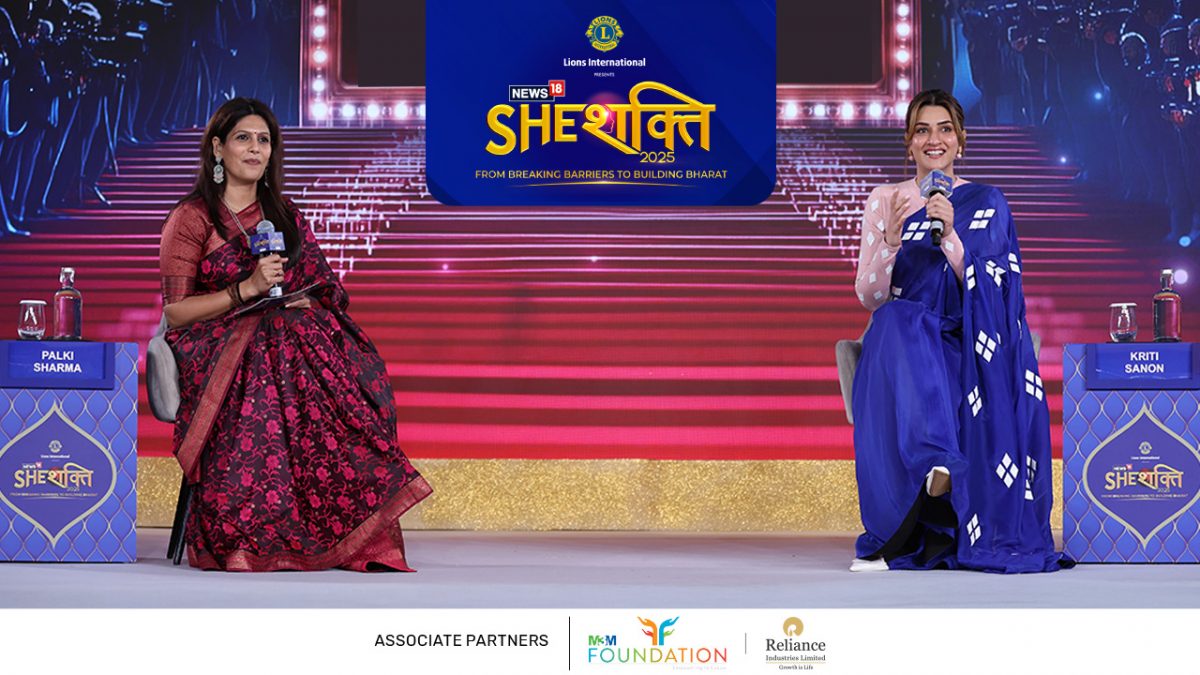Within India and its pluralistic society, stories have always been an integral part. Stories and narratives serve as vehicles of lived experiences of generations, our hopes, and counterfactuals to our lives. But can the pursuit of entertainment coincide with social impact? We argue that narratives can be a powerful way to motivate behaviours for the larger good, such as bringing into light simmering social issues. The Hindi movie Dangal, a story of two sisters from the hinterlands of Haryana who became wrestling champions, was a phenomenon even in China. Why? Because much like India, it powerfully broke gender stereotypes in China as well. In a post-pandemic world with exacerbated inequalities, there is a need to re-focus on development indicators. Narratives can be a powerful instrument in our toolkit – used with a pinch of willing suspension of disbelief – to improve mask-wearing or reduce anemia in adolescent girls. Deconstructing the narrative Robert Shiller, the Nobel-winning economist, in his scholarly work Narrative Economics, talks about how important periods and events in our history impact us and our decision-making. Narratives of events we have a memory of, through personal experience or exposure to media (such as ‘The Great Recession (2009) or even the ‘COVID-19 Pandemic’) manage to evoke a similar feeling of uncertainty and anxiety among all of us. Narratives seamlessly transport the audience by leveraging tropes relatable to people’s experiences. Successful novels and comics or even sitcoms and advertisements have this feature in common – to powerfully establish a connection and gain popularity. With all kinds of information vying for the attention of our minds, narrative-based information provides the right shot of entertainment glazed with information, to out-compete other sources of information. People remember stories better than they remember facts or figures. The human brain is hardwired for narratives and they help it make sense of things faster. Capturing human attention With all the information surrounding us, information is costly to store, and stories make it easier to store information. In this equation, narratives provide micro incentives for both human memory and attention. Much like a transaction, the hedonism provided by entertainment subsidizes the cost of an otherwise boring subject for the audience. A conventional public service announcement promoting fecal sludge management may find substantially more takers if the message was delivered as a part of the story by a famous Bollywood star, in a primetime television show. Traditionally, information from authorities is also actively devalued by listeners – much akin to rebellious teenagers. Recall the scenes when with rising COVID-19 cases, anti-maskers refused to listen to authorities over new mask rules. Narratives reduce this tendency by serving information with a mix of entertainment. They are understood through System 1 of our brain, which is reflexive and processes emotions. The message of women empowerment in Dangal is delivered with a dollop of emotions evoking the response of our System 1. Storylines can address complex themes with ease – for instance, misinformation around vaccines. Narrative-based messages are powerful as they help people simplify information by creating a structure and sequence of events in their minds. People process narratives as they would first-hand experiences. To break it down further, a powerful narrative uses features of transportation and identification. The audience is not only able to relate to the context and characters of the story but also experience a sense of being transported into the story. Evidence for narratives in development Research by Economics Nobel winner Abhijit Banerjee, and others gives credibility to the effectiveness of narratives in a development context. Their study focused on understanding mechanisms to improve the sexual and reproductive health of youth in developing countries through a widely popular TV show called MTV Shuga. They find that not only do narratives work to increase awareness but also help change real-world behaviors. MTV Shuga used narrative-based messages to provide information on HIV/AIDS and risky sexual behaviour. Episodes used small, nuanced narratives on themes of sexual health, built over a period. These narratives improved attitudes and knowledge of sexual health but also testing for HIV/AIDS. They were so powerful that instances of STDs such as Chlamydia decreased substantially in women viewers as a direct impact. Closely associated is the tendency of people to favour relatable stories over statistics. Charity organisations were found to draw more donations when they make use of individual stories in need of assistance, as opposed to presenting mere statistics. The story of a girl and her family living in poverty in rural Bihar, rather than providing information on Bihar’s state-level poverty statistics, makes it easier for individuals to contextualie the problem of poverty. Similarly, individual stories of frontline health workers’ role in aiding the fight against the pandemic, are powerful motivators for people to value the role of frontline health workers. Exposure to any story allows people to view alternative lifestyles which helps normalise and update beliefs and norms. This reduced the cost of dissonance, between private norms and the new norms to be introduced. In game theoretical terms – narratives built around shared and relatable experiences, help people learn of the updated norms of behaviour and co-ordinate for the greater public good. Such insights can be hugely beneficial for any large-scale behavior change programme. Applying narratives During the ongoing crisis, misinformation spread faster than the virus. In such an environment of noise, communicating nuanced scientific concepts, such as COVID-19 vaccines, becomes difficult. Even with the latest National Family Health Survey (NFHS-5) data, we see that health outcomes like anemia in pregnant women or improving nutrition for children remain a ready challenge. Using narratives can be a solution to cut the clutter. With nearly 700 million Indians online, in towns and villages alike social media influencers directly compete with Bollywood celebrities. They are more relatable, frugally creative and have a huge number of young subscribers. They can serve as powerful messengers of public health. Take for example Gangavva Milkuri, a grandmother of eight and star of The Village Show, a comedy channel with 2.2 million followers. Now imagine a funny 1-minute-long sharable video where Gangavva talks about tips for anemia during pregnancy with a young woman. Given the information scourge and people’s limited attention span, evocative narratives delivered in a bite-sized format can change the game. Additionally, vivid stories and characters will increase the factors of identification and transportation in today’s time when consumption of content is at an all-time high. The pathway from intent to action to perform healthy behaviors can be bridged with ease. Our colleagues, Diksha Radhakrishnan and her team at the Centre for Social and Behavior Change are designing narrative-based content which is bite-sized and ‘snackable’. In the world of video-based social media platforms like Instagram reels, where audience attention is fragmented, it can point us to newer ways to develop engaging behavior change communication. Explaining science, hinging on causality can be a difficult task, especially when it is to be digested without familiarity. It is a tough expectation. Development programmes focussed on health that deliver evidence with storylines can thus prove more effective. For instance, recent studies by researchers at Yale University prove, people find it easier to perform behaviours such as mask-wearing, when aided by social norms. Narrative-based social media messages by local opinion leaders, or through local community radios can make it easy to signal such updated norms. While NFHS-5 has shown several gains such as in antenatal care visits, challenges remain in improving health for women and children. With increased vulnerability and widening inequality, development indicators would need to be improved. As new programmes are designed to address such challenges, narratives can creatively seed change – one story at a time. Pavan Mamidi is Director of Centre for Social and Behavior Change, Ashoka University. Saksham is a research specialist at the Centre. Views expressed are personal
People remember stories better than they remember facts or figures as the human brain is hardwired for narratives and they help it make sense of things faster
Advertisement
End of Article


)

)
)
)
)
)
)
)
)



